I mentioned yesterday that one of the many, many dishes we had at lunch was a Lebanese chicken with rice dish. Waffa says it wasn’t rice; it was freekeh.
Freekeh is a very unique Middle Eastern ingredient. It’s a green wheat that is harvested before it is completely ripe and then smoked. According to Waffa, it came about a couple thousand years ago when the Romans were marauding through the area. After they’d done their plundering and pillaging, they’d set the fields on fire in order to destroy the wheat, condemning the local people to ruin. Instead, trying to save whatever they could, the locals collected the burnt grain from the fields and, after cleaning it, discovered a toasted grain that was green and very nutritious.
Most of the freekah in Lebanon comes from an area called Jabal ‘Amel, a mountainous region in southern Lebanon. After being harvested by hand, the wheat is left in the sun to dry for 24 hours. It is then spread on stones together with branches from a particular local shrub called balan. The balan is the fuel for an intense and very quick fire that burns the husks while the grain undergoes a rapid and even roasting. This stops the aging and gives the freekeh its characteristic toasted aroma.
Waffa says freekeh is much higher in protein, vitamins, and minerals than normal wheat. It also has a fiber content four times higher than rice and is rich in calcium, potassium, iron, and zinc.
And to think that it was accidentally discovered thanks to the nasty intent of marauding Romans.


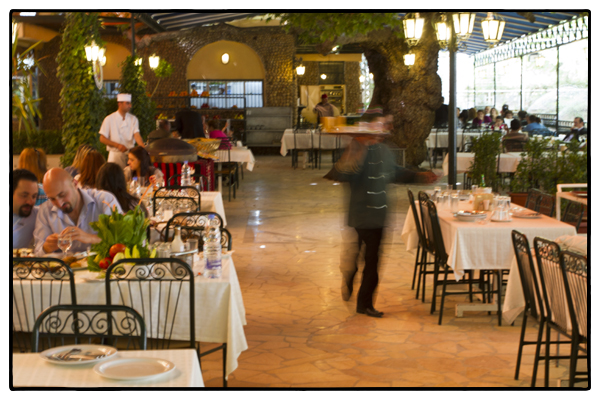
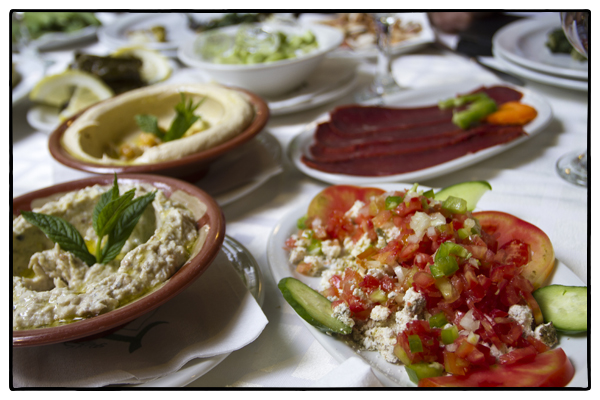

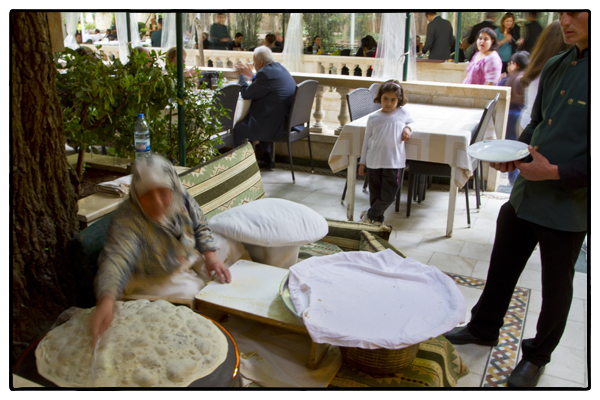
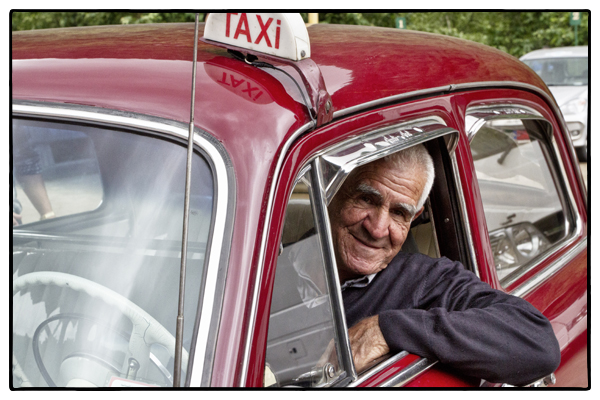
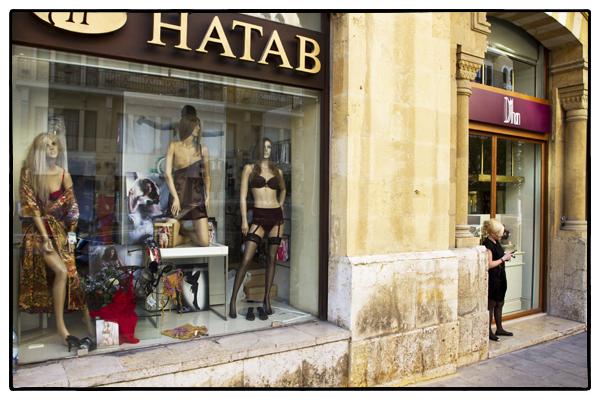
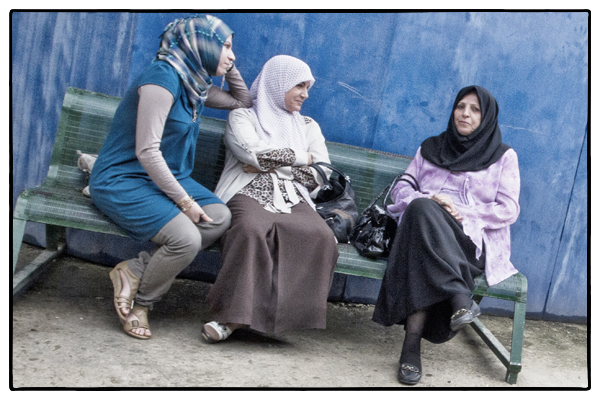
Recent Comments